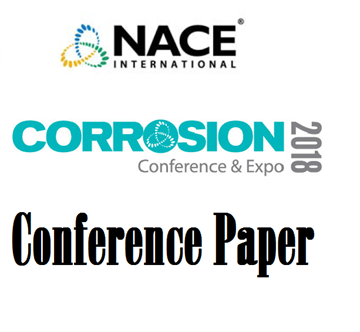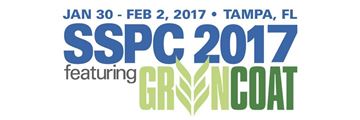Search
Products tagged with 'tensile'
View as
Sort by
Display
per page
51318-10821-Technical evaluation of cold end-sizing and stress-relieving mill operations while preserving the SSC resistance of sour service OCTG pipes
Product Number:
51318-10821-SG
Publication Date:
2018
$20.00
Evaluation Of Girth-Welded 22Cr Duplex Stainless-Steel Piping For Susceptibility To Environmentally Assisted Cracking (EAC), Pitting, And General Corrosion In A Sour Environment
Product Number:
51321-16725-SG
Publication Date:
2021
$20.00
Sulfide-Stress Cracking Threshold Stresses and Operational Limits for the Safe Use of UNS S17400 (17–4PH) in Oilfield Services
Product Number:
51320-14431-SG
Publication Date:
2020
$20.00




